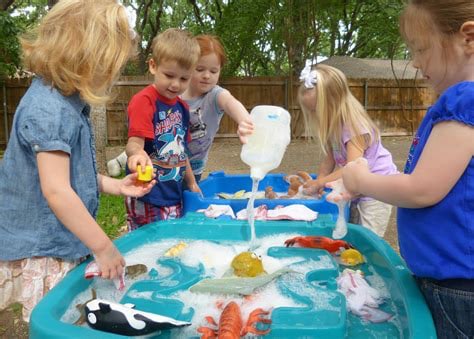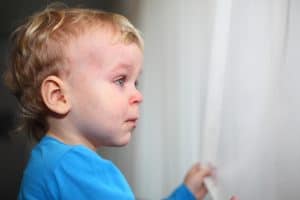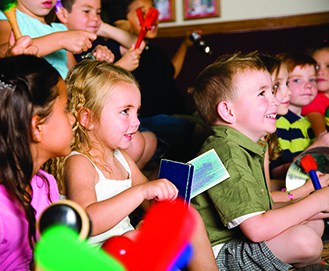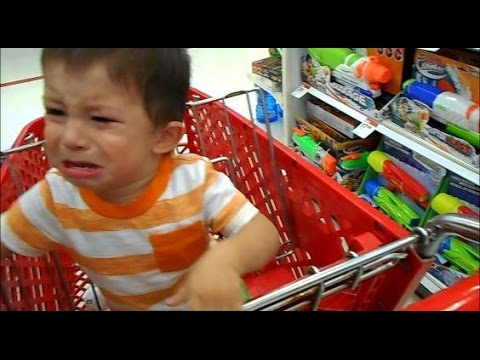In the world of early childhood education, the importance of play-based learning has become a cornerstone for healthy development. Research shows that engaging children in structured play is more than just fun; it supports critical areas of growth such as cognitive, social, and emotional development. For parents and educators, understanding how to integrate effective play-based techniques into the classroom can create a foundation for lifelong learning. Here, we explore the benefits of play-based learning and how it enriches young minds.
Play-based learning emphasizes that children learn best through activities that capture their curiosity and engage their senses. Unlike traditional learning that focuses on rote memorization, this method fosters creativity and critical thinking. Children learn through exploring, building, and problem-solving, which allows them to connect with their environment and develop essential skills. Whether it’s through building blocks, role-play, or art activities, play-based learning builds a child’s ability to analyze, think critically, and collaborate with peers.
One of the key benefits of play-based learning is that it strengthens social skills. When children play together, they learn to communicate, share, and solve problems collectively. These interactions are invaluable in early childhood, as they lay the groundwork for positive relationships. Studies have found that children engaged in play-based learning environments show higher emotional intelligence and better adaptability in social settings.
Play also supports cognitive development by engaging children’s minds and improving memory, language, and attention. For example, games that involve matching or sorting help children understand patterns and enhance memory. Role-playing activities help them process emotions and language skills. With guidance from teachers, play can become a powerful tool for embedding fundamental concepts in math, science, and language. By nurturing a playful environment, educators can enhance children’s love for learning and problem-solving abilities.
Beyond cognitive and social benefits, play-based learning promotes physical growth as well. Activities like running, jumping, and balancing not only keep children physically active but also improve coordination and fine motor skills. When children engage in physical play, they build resilience, which is crucial for overcoming challenges in both academic and personal settings.
If you are an educator, parent, or anyone looking to dive deeper into the academic research behind play-based learning, our essay writing service offers tailored support. Our experts can provide comprehensive, research-based essays that delve into the effectiveness of play-based learning, giving you resources to back up educational strategies or academic projects. From research essays to practical guides, our essay writing service has everything you need to excel in early childhood education.
For many students and professionals, expressing the benefits of play-based learning in a well-researched essay can be a daunting task. Our team is here to support you in creating a structured, impactful piece. Whether you need personal statement essay help or an academic research paper, we are ready to assist. Check out our custom essay writing services and discover how we can help bring your ideas to life.
Play-based learning is more than a trend; it’s an educational approach with proven benefits. The foundation built through play equips children with skills they will carry into their school years and beyond. With professional guidance from our essay experts, you can make a compelling case for the importance of play in early childhood education. To learn more about our services, click here and get started on your educational journey today.













